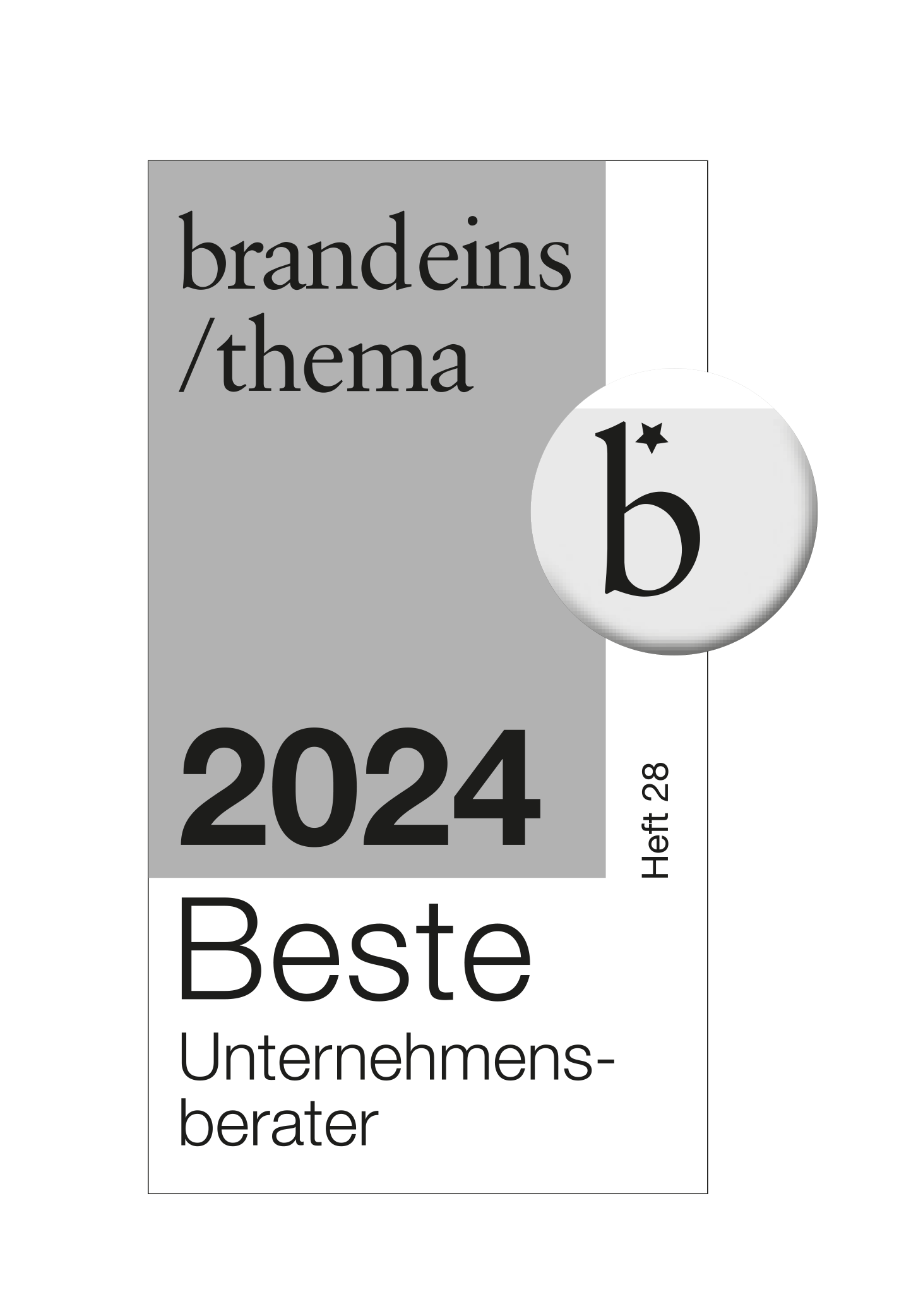
A Review of the Semantic Web Field
Most of us may have heard the term Semantic Web, but are not sure what it means and if it has any relevance in our day to day work. This Overview Article sheds light on this.
Publisher's Abstract
Tracing the triumphs and challenges of two decades of Semantic Web research and applications.
The term Semantic Web as used in this article is a field of research rather than a concrete artifact — in a similar way, say, Artificial Intelligence denotes a field of research rather than a concrete artifact. A concrete artifact, which may deserve to be called "The Semantic Web" may or may not come into existence someday, and indeed some members of the research field may argue that part of it has already been built. Sometimes the term Semantic Web technologies is used to describe the set of methods and tools arising out of the field in an attempt to avoid terminological confusion.
Why You Should Read This
Most of us may have heard the term Semantic Web, but are not sure what it means and if it has any relevance in our day to day work. This Overview Article sheds light on this and helps to make sense of many different terms and acronyms you may have encountered in this context, e.g. Ontologies, Knowledge Graphs, RDF, OWL.
The birth of this whole field of research can be traced back to a Scientific American article from 2001. There are specialized journals and conferences, but it is hard to give a precise definition:
An alternative and perhaps more recent perspective on the question of what the field is about rests on the observation that the methods and tools developed by the field have applications not tied to the World Wide Web, and which also can provide added value even without having to establish intelligent agents utilizing machine-understandable data. [...] This understanding of the field moves it closer to databases, or the data management part of data science.
For most of the 2000s, work in the field had the notion of ontology at its center:
An ontology is really a knowledge base (in the sense of symbolic artificial intelligence) of concepts (that is, types or classes, such as "mammal" and "live birth") and their relationships (such as, "mammals give live birth"), specified in a knowledge representation language based on a formal logic. In a Semantic Web context, ontologies are a main vehicle for data integration, sharing, and discovery, and a driving idea is that ontologies themselves should be reusable by others.
In 2004, the Resource Description Framework (RDF) became a W3C standard:
In essence, RDF is a syntax for expressing directed, labeled, and typed graphs. [...] A W3C standard for an RDF query language, called SPARQL, followed in 2008.
In 2012, Google launched its Knowledge Graph:
Pieces of the Google Knowledge Graph can be seen, for example, by searching for prominent entities on google.com: Next to the search results linking to Web pages a so-called infobox is displayed that shows information from the Google Knowledge Graph. An example of such an infobox is given in Figure 2—this was retrieved by searching the term Kofi Annan. One can navigate from this node to other nodes in the graph by following one of the active hyperlinks, for example, to Nane Maria Annan who is listed with a spouse relationship to the Kofi Annan node. After following this link, a new infobox for Nane Maria Annan is displayed next to the usual search results for the same term.

- Published: February 2021
- Autoren: Prof. Pascal Hitzler (Kansas State University, Manhattan, KS, USA)
- Details: View and Read at CACM

